Fishing for white bream: a guide for enthusiasts
Fishing for mormora is a very popular activity among Italian fishermen, fascinated by this fish with a tapered body and exquisite flavor. The mormora, belonging to the sparid family, is mainly found in the seas and fresh waters of our country, attracting both experts and novices. In this article, we will explore the most effective techniques, the necessary equipment and the best locations to catch this fish.
Characteristics of the mormora
This fish lives in various habitats, from sandy bottoms of the coasts to the beds of rivers and lakes. It is a diurnal animal, which feeds mainly on crustaceans and molluscs, making the choice of bait a fundamental element. One of the distinctive traits of the mormora is its behavior: it tends to move in small groups and feed near the bottom, which makes it an interesting target for anyone who wants to test themselves.
The popularity of mormora fishing does not only come from its taste, but also from the challenges it presents. Its diffidence and caution in eating artificial baits make it a sought-after fish, capable of providing intense emotions during the capture. In short, fishing for mormora is a stimulating and rewarding experience.
Recommended equipment
To best tackle mormora fishing, it is essential to have the right equipment. A fishing rod between 3 and 4 meters long can transform your experience, allowing you to reach the most promising fishing areas. A good quality reel, equipped with an excellent clutch, will be crucial in managing the escapes of this fish.
The most suitable baits for mormora include bibi, worms and crabs, which can be used individually or in combination. It is important to also bring bottom loads, which help to keep the bait in the correct position. In particular, the use of a fluorocarbon terminal guarantees discretion and resistance, two essential qualities to avoid being noticed by the most astute mormora.
Fishing Techniques
When it comes to fishing techniques, bottom fishing is often the most effective way to catch white sea bream. This method allows you to place the bait directly on the bottom of the water, where the fish is most active. Another widely used technique is the float, which is useful in shallow water or when white sea bream are a certain distance from the shore.
It is essential to evaluate the environmental conditions and the activity of the fish to choose the most suitable technique. During the hottest hours of the day, mormore tend to take refuge in the shade, making them more difficult to catch. In such situations, it can be advantageous to use a lighter float, capable of keeping the bait at a certain depth, arousing the interest of the fish.
Best times and places to fish
Fishing for mormora is mainly practiced in spring and autumn, seasons in which the fish is more active and approaches the coasts. During these periods, moderate temperatures favor feeding and reproduction, making fishing more fruitful. The ideal locations to catch mormora include the Ligurian and Italian coasts, renowned for their biodiversity. Some rivers and lakes, such as Lake Garda and the Po River, offer excellent opportunities for fishing enthusiasts. It is important to always be informed about local regulations regarding permits and catches, to ensure sustainable and environmentally friendly fishing.
Fishing for mormora is not just a matter of technique: it combines passion and respect for nature. It is an invitation to all enthusiasts to try their hand at this practice, sharing experiences and suggestions. To further explore the topic, you can join fishing forums and groups on social media, where valuable information and funny anecdotes are exchanged. All that remains is to arm yourself with a rod and reel and set off on an unforgettable adventure!

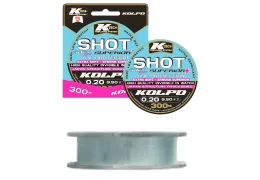
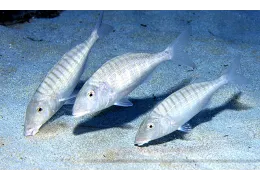
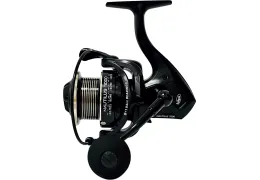
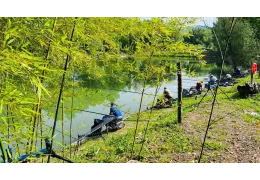

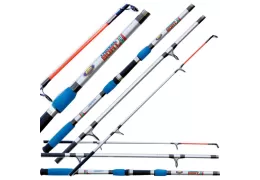
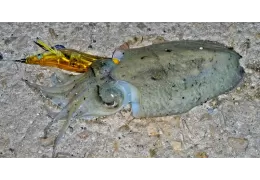
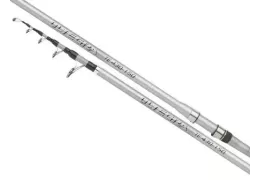

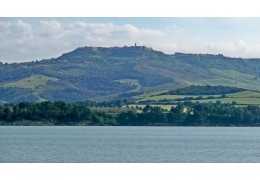

Leave a comment
Log in to post comments